Ariel Vromen’s ‘1992’ has all the ingredients for success. Set against the backdrop of the first night of the 1992 Los Angeles riots, it tells the story of two fathers whose lives collide during one of the most chaotic periods they’ve ever faced. The film opens with Mercer, a worker at a platinum factory, and a former gang member who was released from prison six months before the events of the movie. His son, Antoine, harbors resentment toward him for his absence and stays out late on April 29, 1992. When Mercer finally catches up to him, the city’s violence has intensified, forcing them to seek refuge in the factory.
However, their refuge turns out to be far less secure than they had hoped. At the factory, Lowell, seizing the opportunity amidst the chaos and police distraction, arrives with his two sons, Riggin and Dennis. The trio plans to steal $10 million of platinum, but Lowell doubts his sons’ abilities and doesn’t trust them to pull off the heist. As the two groups clash, loyalties are put to the test, and a chance for reconciliation between father and son emerges. The film’s historical setting and the period it portrays will undoubtedly lead viewers to wonder if the story is based on actual events.
1992 is Set Against the Backdrop of the Los Angeles Riots
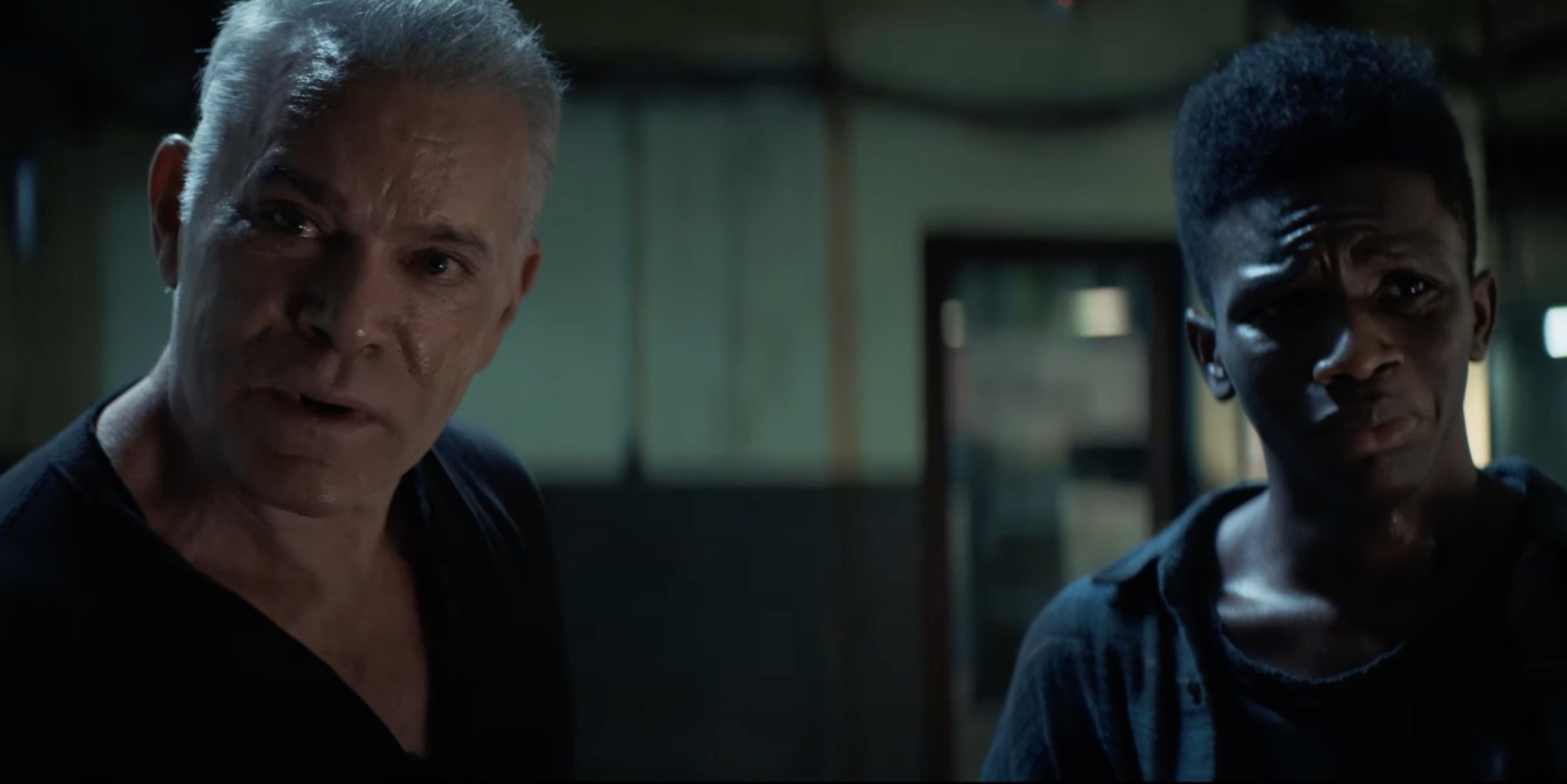
While the initial context and subsequent events of ‘1992’ are rooted in reality, there’s little evidence to suggest that the specific details of the heist or the stories of Mercer and Lowell are based on actual events. Writers Sascha Penn and Ariel Vromen have used their creativity to craft an action-packed drama-thriller that not only captivates the audience but also prompts reflection on the real political landscape of the time. Their skillful storytelling allows them to convey weighty themes through an engaging medium enriched with familial and relational empathy moments.
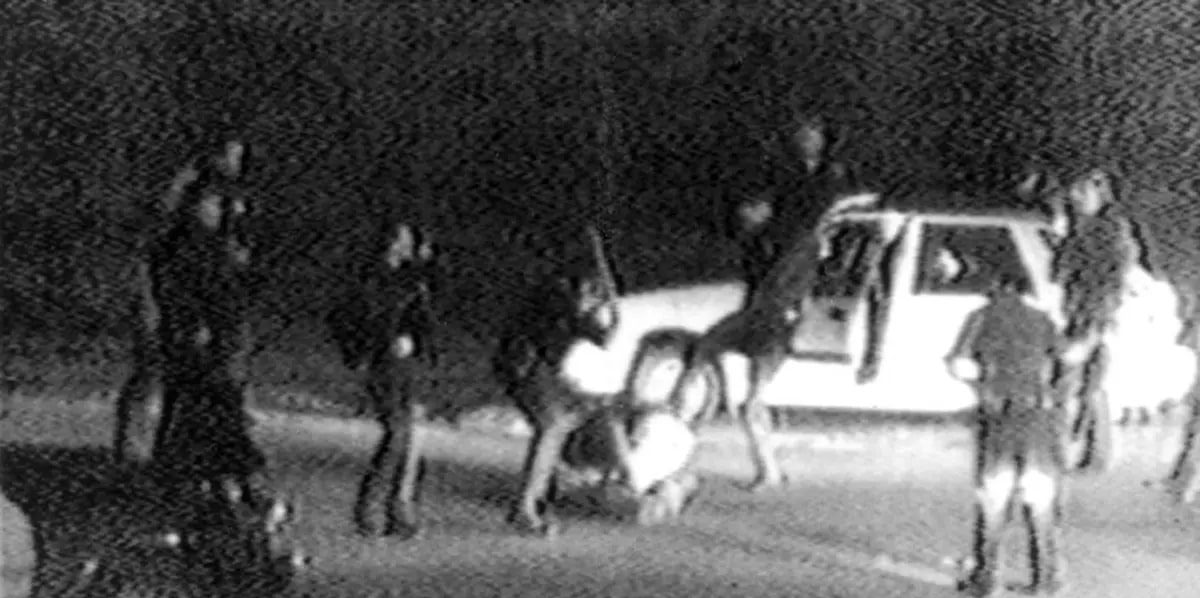
The film starts on April 29, 1992, an important date in the country’s history. It all began on March 3, 1991, when Rodney King, an African American man, was involved in a high-speed car chase with the Los Angeles Police Department (LAPD). The chase had started in a bid to arrest him for driving while intoxicated. After eventually being apprehended, King was brutally beaten by four LAPD officers despite being unarmed and lying on the ground. The incident was captured on video by a nearby resident, George Holliday, who filmed the assault from his apartment balcony. The footage showed King being struck many times with batons and tasered while other officers appeared to be standing by without intervening.
The Rodney King Trial and Public Outcry
King was transported to Pacifica Hospital in Los Angeles, where it was revealed he had a fractured facial bone, a broken right ankle, and multiple bruises and lacerations from the assault. Nurses at the hospital later testified that they had overheard the officers bragging about the injuries they had caused. King also claimed that he endured permanent brain damage, kidney failure, and severe trauma as a result of the attack. Just two days after the incident, the footage began circulating in the media, leading to widespread condemnation of the police.
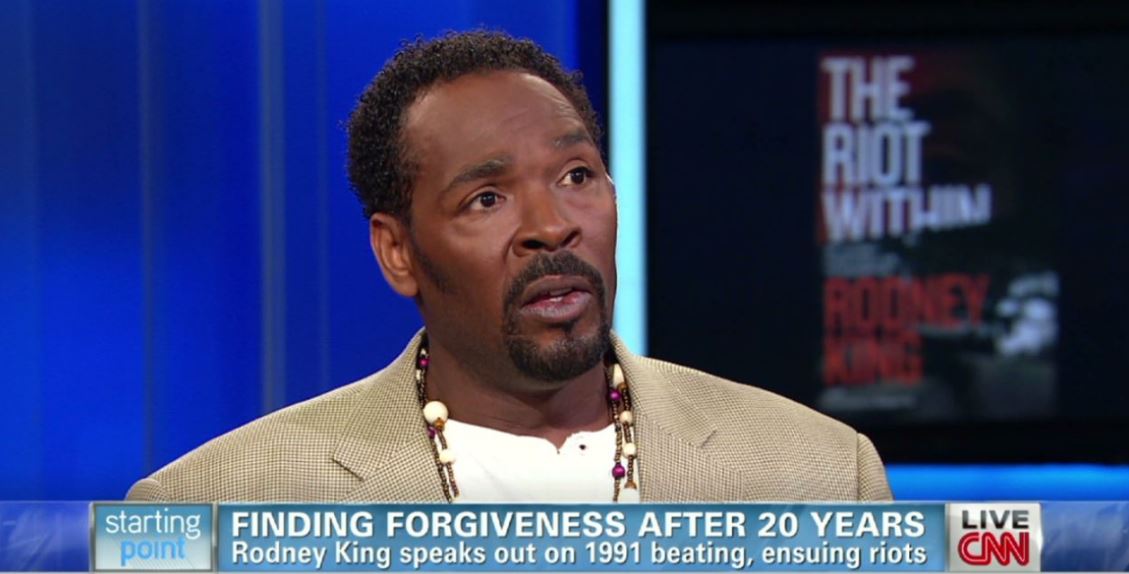
At a press conference, the LA Police Chief vowed that the four officers involved in the incident—Stacey Koon, Laurence Powell, Theodore Briseno, and Timothy Wind—would face disciplinary action and criminal charges. Due to the intense public reaction, the trial was moved to Simi Valley, California, where the jury was predominantly white. On April 29, 1992, all four officers were acquitted of the charges. By then, protesters had gathered outside the courthouse, voicing their disappointment with the verdict.
Race was not explicitly considered a key factor during the trial, and even King’s attorney did not emphasize it as a significant issue. However, the discontent in LA had been brewing for years. In April 1987, the LAPD launched Operation Hammer, a controversial initiative aimed at combating gang activity and violent crime by targeting neighborhoods with high gang presence. This operation involved aggressive policing tactics and led to numerous arrests and accusations of police brutality, contributing to escalating tensions within the city. By the time of the verdict, political discourse around the unfair and often violent treatment of African-Americans was already heated, and the acquittal only lit fuel to the fire.
The Violence that Shook LA and Its Aftermath
The verdict sparked outrage and a series of violent protests throughout LA, with demonstrators looting, arson, and clashing with law enforcement. The violence quickly escalated, leading to widespread destruction, with businesses burned, neighborhoods ravaged, and numerous injuries and fatalities. The National Guard and federal troops were deployed to restore order as the riots continued for six days. By May 4, the chaos began to subside, but the damage was extensive.
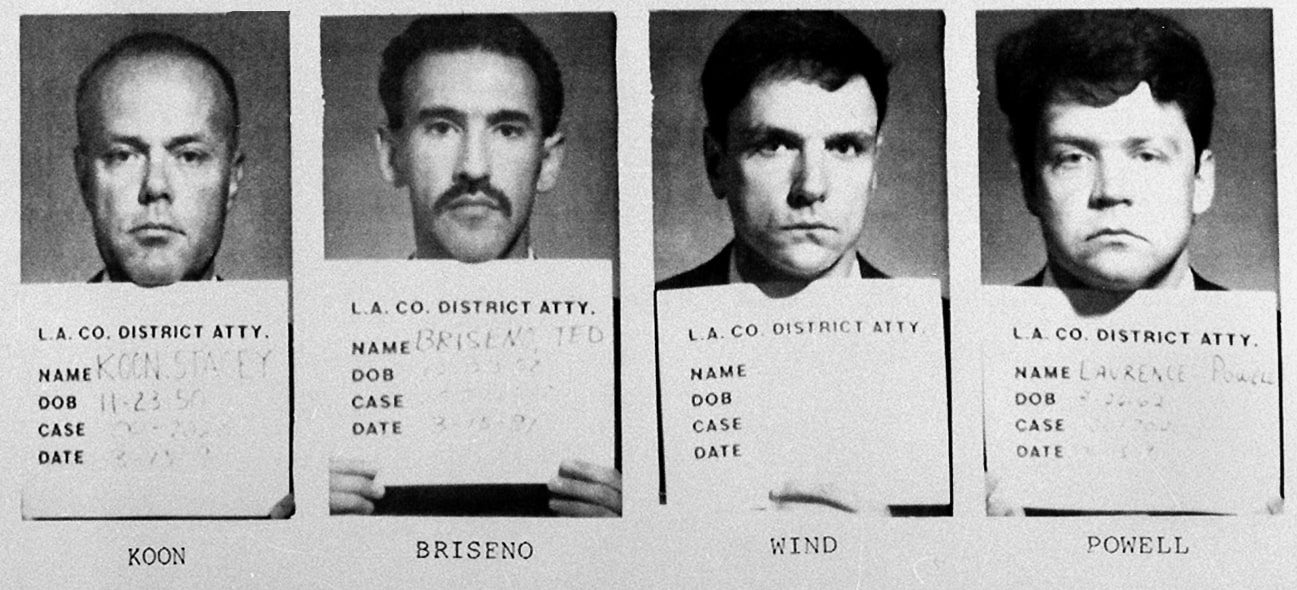
The city faced a protracted recovery process, with efforts focused on rebuilding infrastructure, addressing economic losses, and providing support to affected communities. The riots prompted a nationwide discussion on racial inequality and police brutality, leading to calls for reform in law enforcement practices. So, while ‘1992’ adds a layer of story to the historical setting, it touches upon the imagined realities of the time. Amid the chaos and violence, the film finds a soft spot where fathers and sons shield themselves from a city that is always their home.
Read More: Best Movies About Politics on Netflix

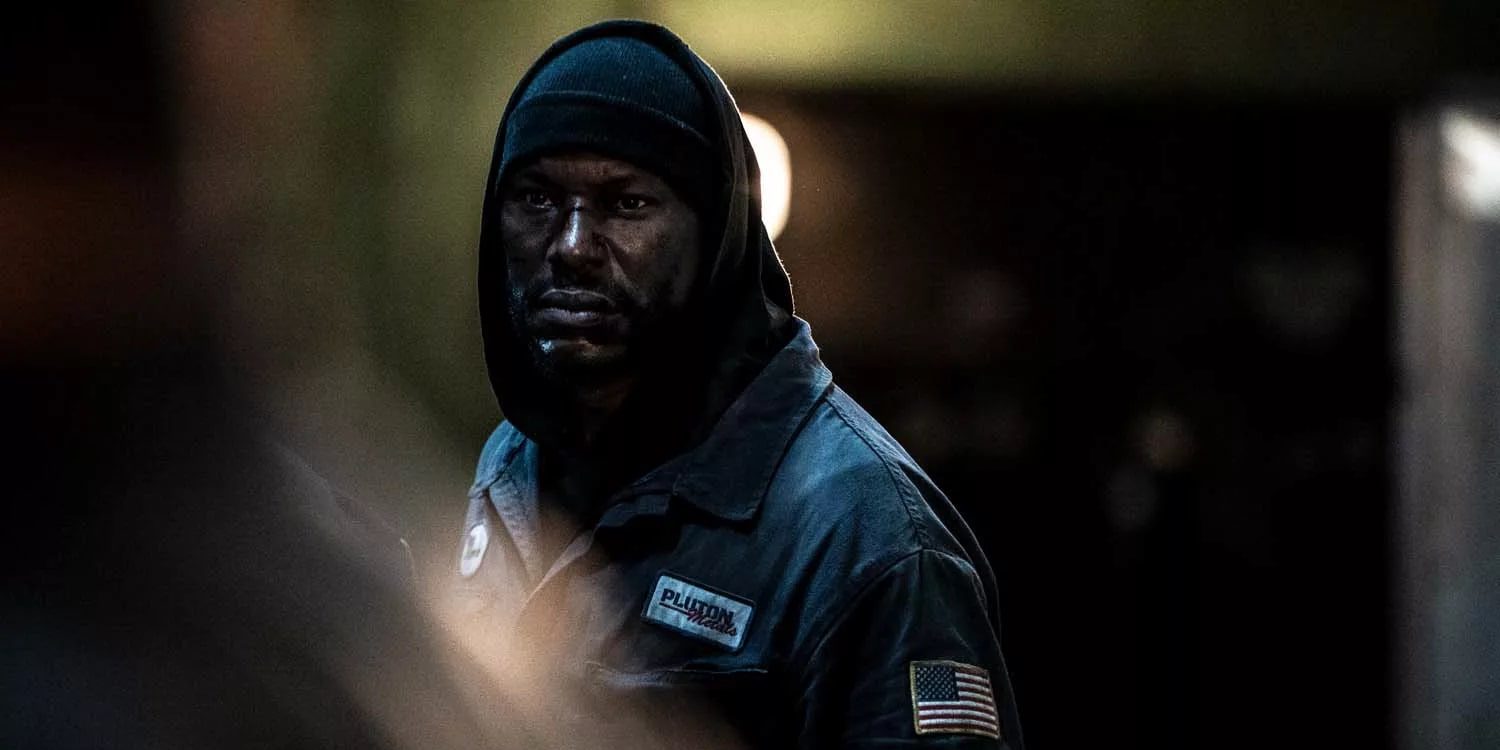
You must be logged in to post a comment.